History & nowadays tradition of Greek Cheeses

The science of transforming milk into a solid substance is a very ancient procedure since the time of ancient Greece.
Homer (Όμηρος) in the Odyssey 6th century BC describes in detail the shepherd and cheesemaker Cyclop Polyphemus and gives descriptions of the cheeses that matured in his cave and were made from sheep’s, goat’s milk & sea salt
What we now call ” FETA ” was known to the ancient Greeks, since its preparation is mentioned many times in the Odyssey .
Polyphemus at first transferred the milk, he collected from his flock to “bags” made of animal skins, finding – to his great surprise – that after a few days the milk turned into a solid, acidic and preservable mass. After this discovery he experimented with various combinations, each time having different types of cheeses.
Still others are soft and less salty such as odiern “Anthotiro” and “Manouri” and were kept in its cave in straw baskets.
Anthotyro (Aνθότυρο): white cheese produced from sheep’s and goat’s milk. Its name means the flower of the cheese, a name that justifies its name as it conveys strong
smells of freshness
Myzithra (Μυζήθρα) is a fresh cheese made with milk and whey from sheep or goats, or both. The cheese is soft, snow-white, creamy, and moist. Since no salt is added to mizithra it has an almost sweet and milky taste and may be eaten or, often, baked in pies.
Manouri (Μανούρι): a type of myzithra type cheese, which is rich in fat. It comes from the ancient adjective manos (cheese), meaning sparse, soft cheese
It is distinguished due to its sweet and mild taste and aroma, having been characterized by the National Dairy Committee of Greece as “the most exceptional traditional Greek whey cheese
Xinotyri (Ξινοτύρι): The roots of this traditional cheese are lost in time. It is a spreadable cheese that is produced by mixing sheep’s and goat’s milk, and has a pleasant, slightly sour taste

Feta ( Φέτα): the first reference to feta is made in a Byzantine poem where it is referred to as ” πρόσφατος” “recent”. This is considered to be its Byzantine name. The name feta dates from the time of Venetian rule in Greece, in the 17th century, and derives its etymological origin from the Latin word “fette”. Probably the word refers to the practice of cutting the cheese into slices to be inserted into the barrels
Kaseri ( Κασέρι): cheese-making became quite popular during the Turkish occupation in Greece (15century) , due to the lack of plenty of meat. Then, we came up with the name of a well-known type of cheese, kaseri; it seems to come from the Turkish word kaşer, which in turn comes from the Latin caseus = cheese. From the same root comes the cheese in English and the “käse” in German

Graviera (Γραβιέρα): is a hard cheese, made mainly from sheep’s and goat’s milk.
It is one of the best known Greek cheeses after feta and has been produced for centuries with the traditional method. The cheese is round in shape and has a compact and elastic mass of light yellow color. Its complete maturation time is at least three months
Graviera cheese received a certification of protected destination of origin (a PDO) in 1996. In other words, cheeses that are called Graviera but made in countries other than some regions of Greece are not the real deal and have no right to use the name.
Below we present some of these ancient cheeses, produced by the Greek award-winning “Flegga” dairy company.

Since 1957 all these traditional products are made from 100% organic goat and sheep milk, no GMO, no gluten, no chemicals, no preservatives and yes to ISO food safety. ( The standard ISO 22000 is based on the HACCP principles defined by the Codex Alimentarius)
We will never be tired of repeating the benefits of goat and sheep milk against cow’s milk.
As opposed to cow’s milk which contains the allergenic protein “A1 casein” (a highly inflammatory protein for the human body), goat’s milk contains A2 casein, that makes it – protein wise – the closest milk to human breast milk, hypoallergenic and tolerated even by babies
So for this Christmas, in the coming days we will propose some ideas using these precious products in a simple, easy and genuine way.





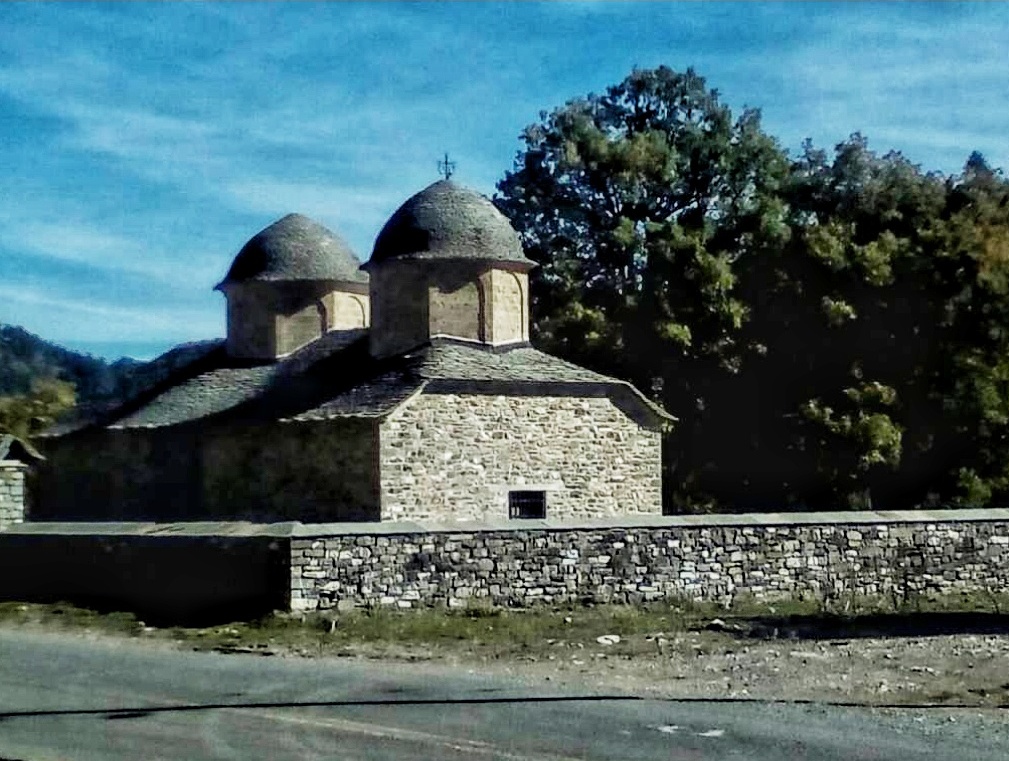




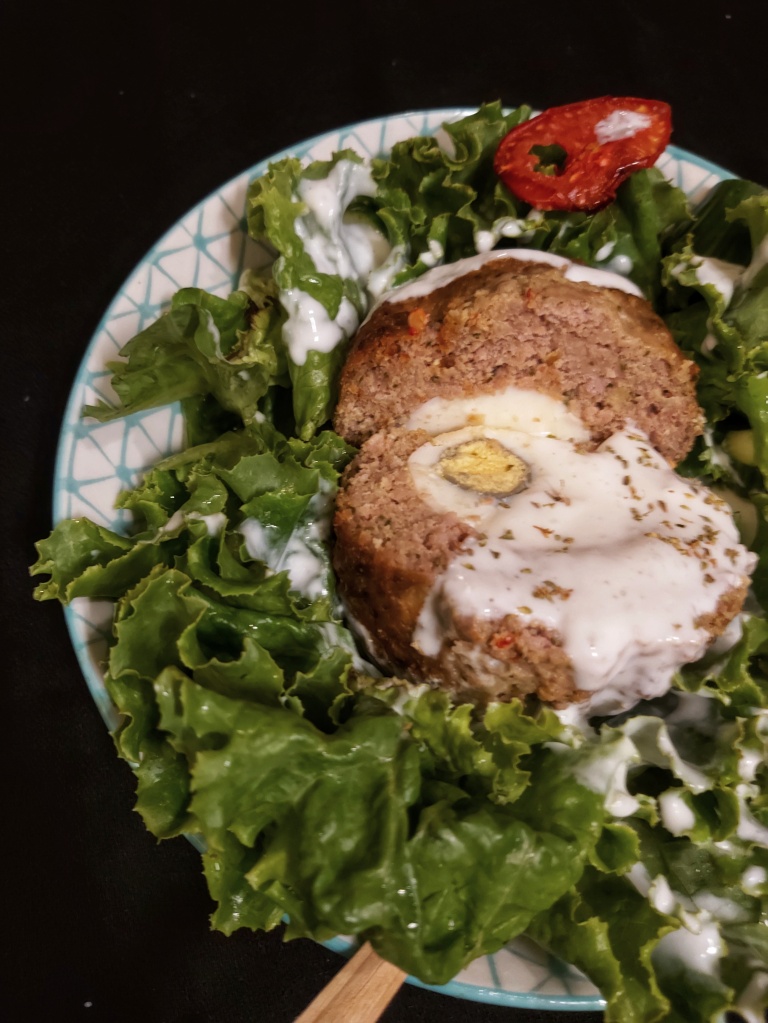




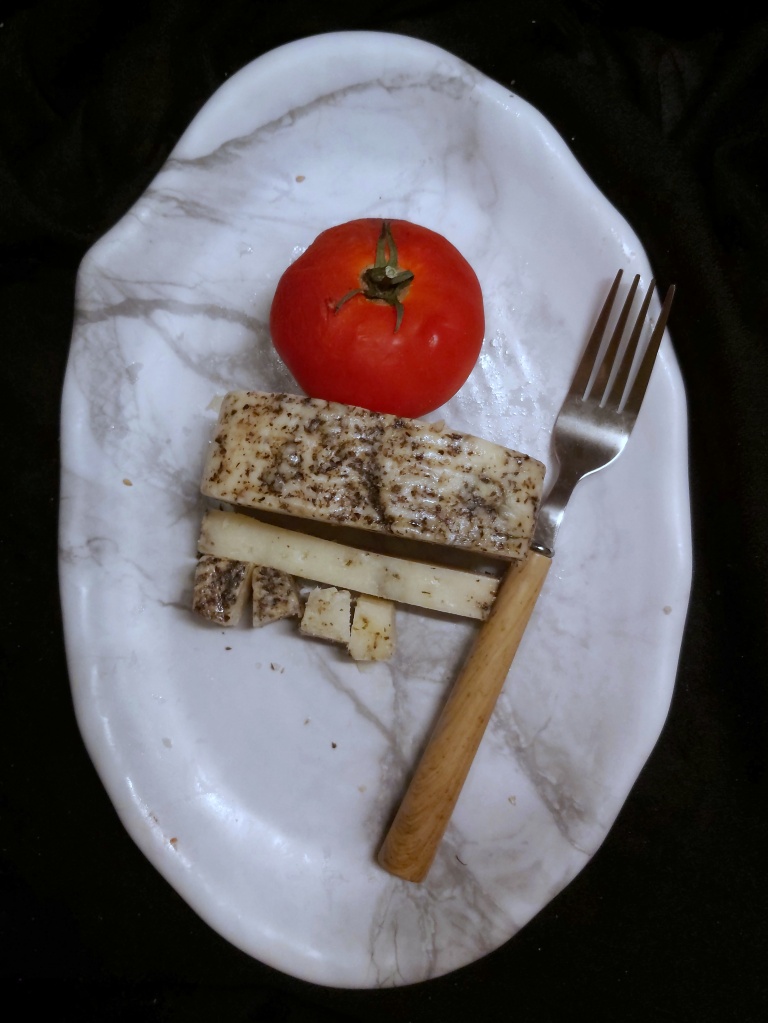



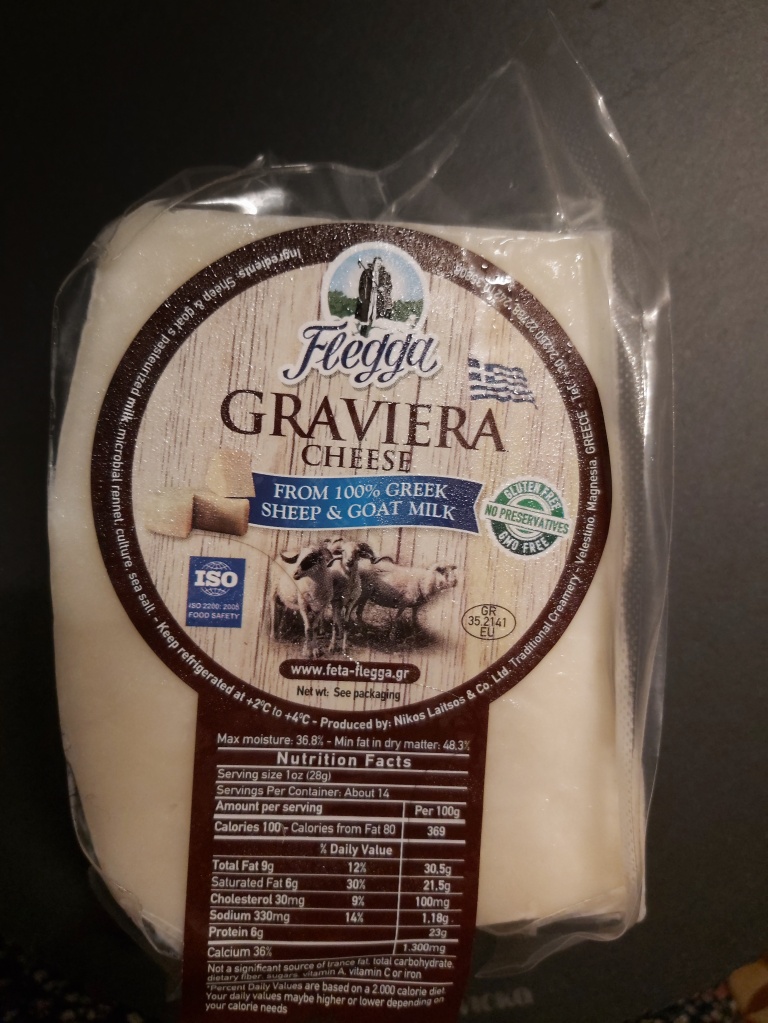

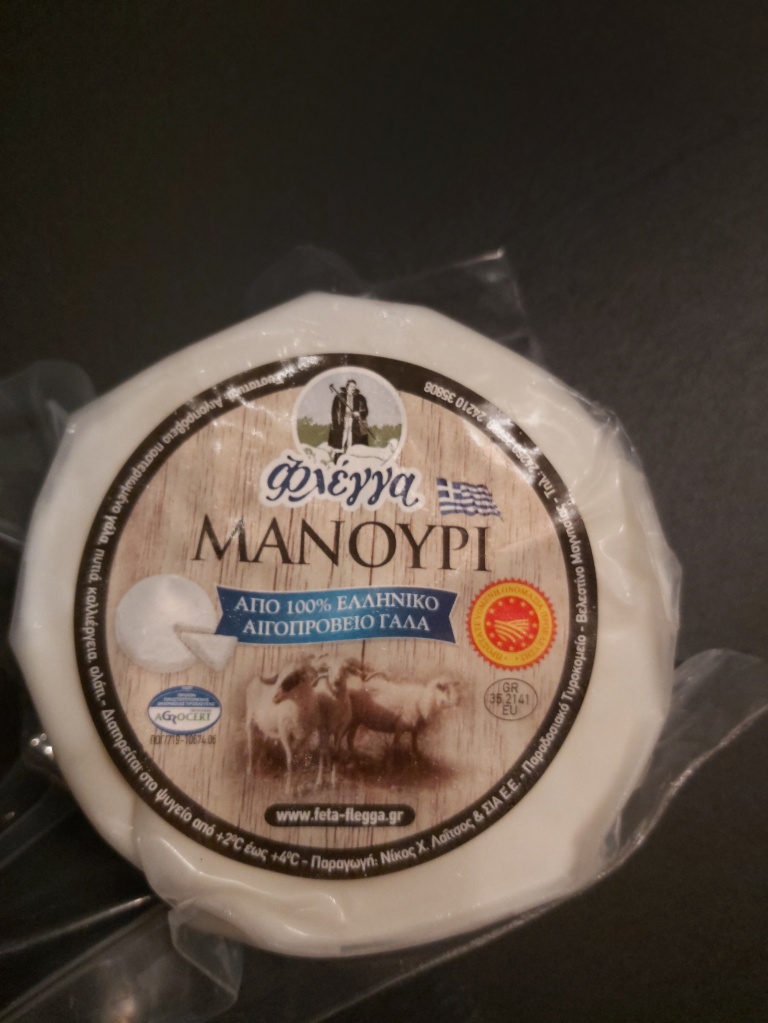
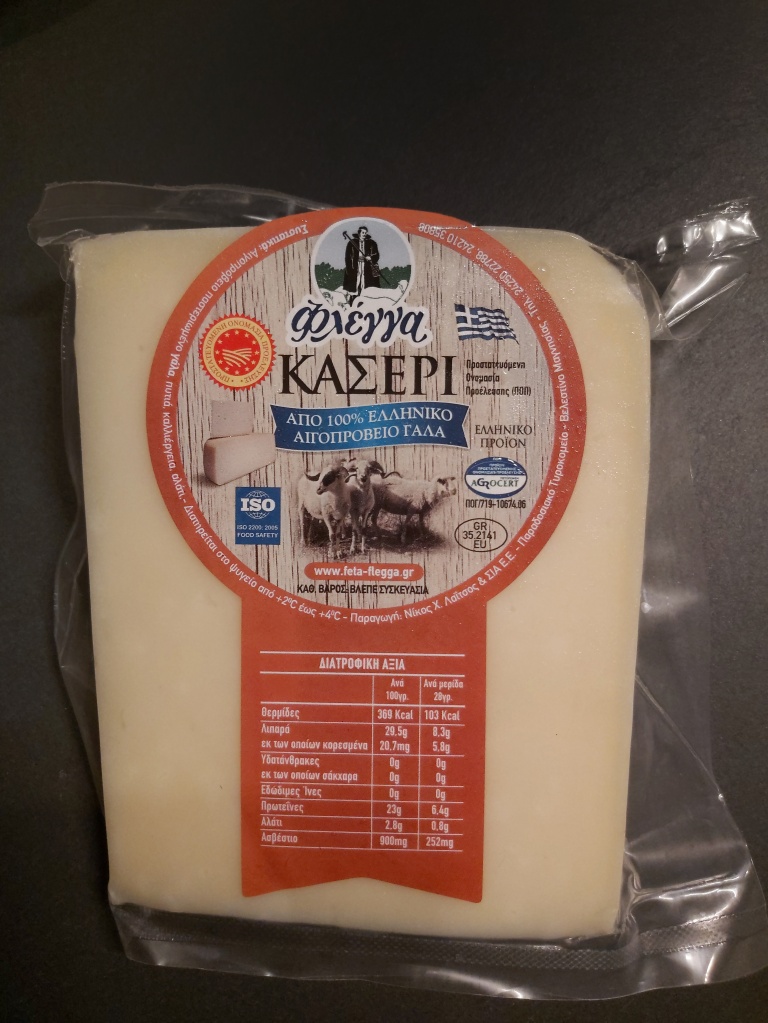




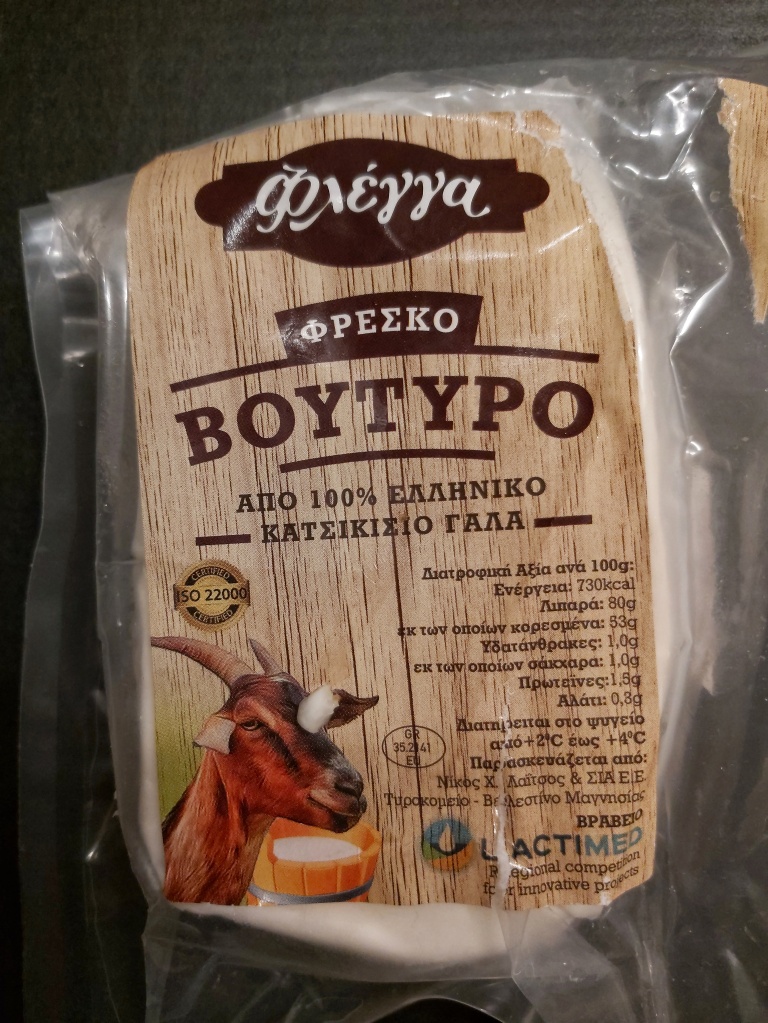


























As always, wonderful photos and great article. Thanks!
LikeLiked by 1 person
28 November 2020 at 19:46
Thanks to you! As always very kind!
LikeLiked by 1 person
28 November 2020 at 20:39
So good article
LikeLike
28 November 2020 at 23:50
So nice of you! Thank you Kiran!
LikeLike
29 November 2020 at 12:56
Without knowing your subject, by coincidence, my Sunday door number 262 is from Athens 🙂 So, post scriptum, i put a link to your wonderful way of using Greek cheese.
LikeLiked by 1 person
29 November 2020 at 13:49
I just saw it, thank you very much! Coincidence but also your kindness has linked the Greek architectural art with the culinary one! Your talent for beautiful things full of history never fails.Thank you again! I am honored. Xristina
LikeLiked by 1 person
29 November 2020 at 16:45
You’re too kind, i’m not that talented 🙂 I am glad that you’ve liked it!
LikeLike
29 November 2020 at 19:57
I know you are Vlach. Only this describes you well👍
LikeLike
29 November 2020 at 21:28
😋🧀🧀
LikeLiked by 1 person
4 December 2020 at 12:50
I love this post because it’s cheese and for me something new, Greek cheeses! Thank you! I love to learn!
LikeLiked by 1 person
5 December 2020 at 19:10
Many thanks to you Ashley! It was a great pleasure to hear your opinion, i really appreciate the minds inclined to know something new and useful. Thank you again! Xristina
LikeLiked by 1 person
5 December 2020 at 19:26
I did not know that there are so many different Greek cheeses.
BTW,A1 protein in cow’s milk is a mutated version of the A2 protein. We can now get A2 cow’s milk in the U.S. Also cows in Ireland and Jersey cows in the U.S. raised on grass, in a natural way, produce A2 milk.
LikeLiked by 1 person
5 December 2020 at 23:48
These are good news, happy for you all. Today i saw your yogurt recipes and i remembered you have milk from your goat. Lucky girl!
Yes in Greece there is an infinite number of cheeses especially from goat and sheep such as the most famous Feta . Only a small part is presented in the article.
LikeLike
6 December 2020 at 0:20
… Tiene una buena pinta. Me gusta. Salud y saludos.
LikeLiked by 1 person
6 December 2020 at 0:29
Thank you so much Inaki. Try them, you will like them all. Many greetings to you, all the best!
LikeLike
6 December 2020 at 0:38
Fantastic! The photos and presentation of all these delectable delights get me so hungry, and I love scrolling through them!
Thank you for the Appetite via these visual appetizers, and now I need to go eat; honestly! Just wish it could be those you present here!
God bless.
LikeLiked by 1 person
15 June 2021 at 18:17
😆Thank you so much for the very motivational and kind words! I’m really honored! I’m also sorry that you can’t taste the dairy products in the photos. From all of those eaten in my whole life these Greek products are the best. Bon appettite whatever you eat! Good food is always blessed! Thank you again!
LikeLiked by 1 person
15 June 2021 at 18:40
Ha ha, I agree and thank you for the good work you do! When I want to work up an appetite I’ll just go to your site!
You deserve the tanks and praise you did a very nice job with your site!
See you here again soon I hope!
LikeLiked by 1 person
16 June 2021 at 4:02
You are always welcome Lawrence! Very honored. Grazie mille!
LikeLike
18 June 2021 at 18:45